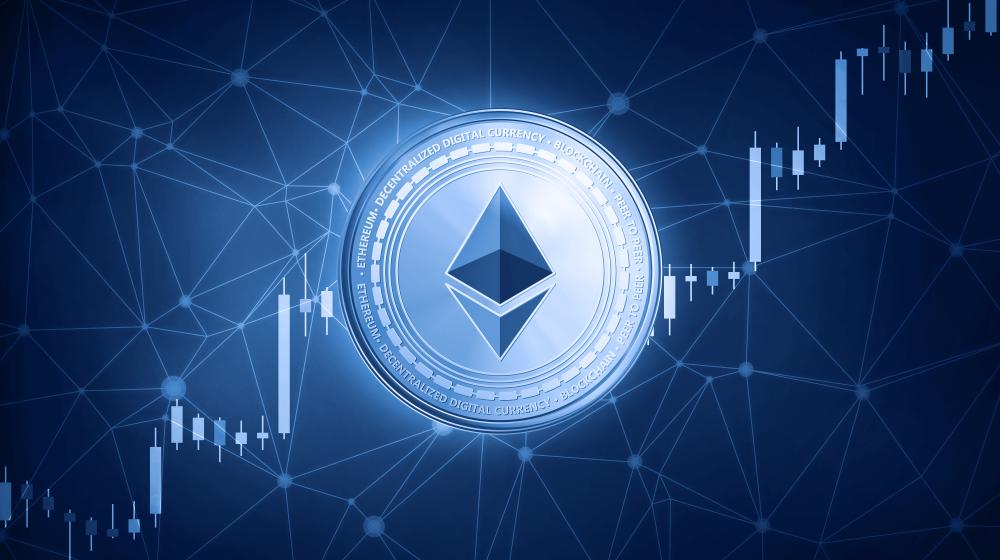It’s its creator who says it: Ethereum’s congestion will soon have its cure. According to Vitalik Buterin, Rollups will bring a powerful scaling solution to the blockchain undermined by exorbitant trading fees.
Ethereum, the blockchain for “rich investors”? That’s the sentiment of influencer Lark Davis, aka “The Crypto Lark”.
However, he is not unaware of the recurring congestion problems affecting Ethereum. These do not only impact the speed of settlement of transactions. They directly affect the costs of these operations.
Thanks to its sharding technology and Proof-of-stake, Ethereum 2.0 is the long-term solution to these weaknesses. However, its launch will still take time, probably 2 years at least.
It is therefore essential to provide answers in the short term. And Vitalik Buterin is promoting Rollups, a Layer 2 type method. The co-founder of Ethereum had described the principle back in 2014. The realization of the project was long in coming.
Rollups is based on the concept of “ghost chains”. Two distinct approaches implement it: ZK-Rollups and Optimistic Rollups. And it’s the latter that seems to be winning over the DeFi developers today.
Projects like Synthetix Exchange and Polygon (ex Matic Network) have already implemented this solution. Its integration on Ethereum will allow the aggregation of multiple transactions into smart contracts.
The aim is to reduce network congestion, and in turn the cost of transactions. According to Buterin, Rollups should, in theory, allow Ethereum to process not 15 transactions per second (TPS), but more than 1000.
Speaking at the Tim Ferris Show, Vitalik Buterin announced that the Optimism team will deploy this long-awaited version of Rollups “very soon”. In the medium term, and while waiting for the sharding of ETH 2, this technical solution will boost the capabilities of Ethereum.
“If you have rollups, but you don’t have sharding, you still benefit from scaling up by a factor of 100,” insists Buterin. “You still have the ability for the blockchain to go to approximately 1,000 and 4,000 transactions per second, depending on the complexity of those transactions. ”


